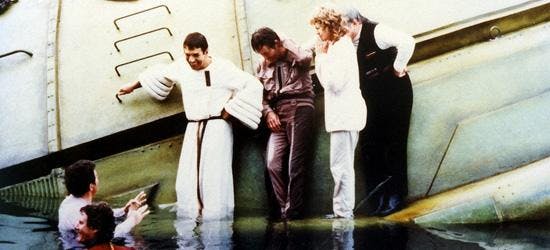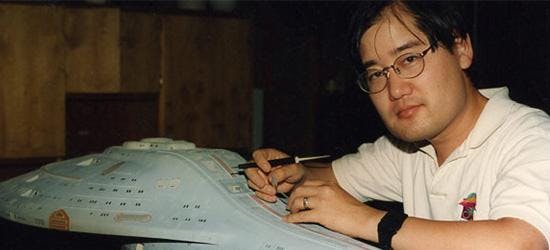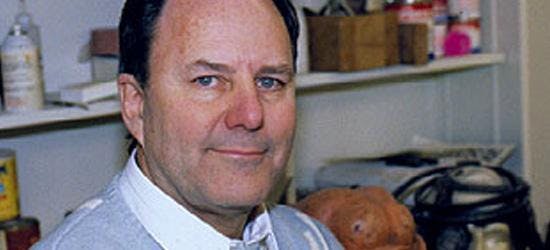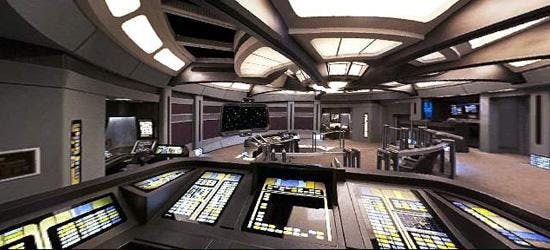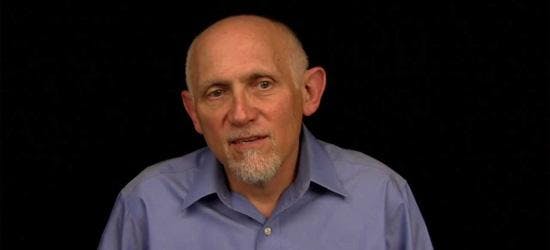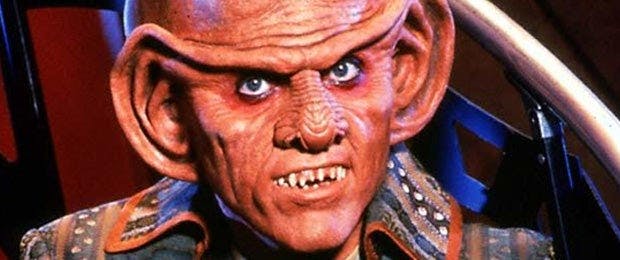
The invitation came in a blizzard. A severe snowstorm had suffocated the East Coast, halted all public transit and, incidentally, closed Starlog’s Manhattan offices. Stranded home in New Jersey that January 1996 day, I edited magazine articles while watching the apocalyptic TV news coverage. Shortly, there was a siren call (via phone) beckoning me to another shore. Paramount Pictures was willing to fly me to the set of one of their films shooting in Australia—where it was currently "Summertime!"—as in Not Snowing. Could I be ready for that trek in a week? So, I jetted from Newark to Los Angeles, stayed overnight at the LAX Marriott (to rest up for the next day’s torturous 14-hour flight), read the film’s screenplay by Jeffrey Boam en route to Sydney and then flew on to Brisbane. At the Warner Movie World Studios nearby on Australia’s Gold Coast, I spent three days watching Simon Wincer direct The Phantom. I interviewed jungle hero Billy Zane (clad in purple Spandex), villainous Treat Williams, leading lady Kristy Swanson and semi-unknown Catherine Zeta-Jones. Later, I had time to peruse bookstores and spend Australia Day (a national holiday) cruising the Brisbane River with local pals. Then, it was back to the USA Sunday for more Paramount fun.Jet-lagged, I stayed in LA with Terry J. Erdmann (unit publicist of Star Trek V) and Paula M. Block (my primary Paramount Licensing liaison on our official Trek publications), my friends long before either got those Starfleet service jobs and had to work with me (poor devils!). They’ve also collaborated on several fine Trek reference books (including one of my all-time favorites, the Deep Space Nine Companion). My four-day LA stayover allowed me to dine with Starlog writers and pals as well as tour the Walt Disney Studios’ new Animation Building. More to the point, Erdmann and I headed to Paramount Studios for a Monday field trip.
